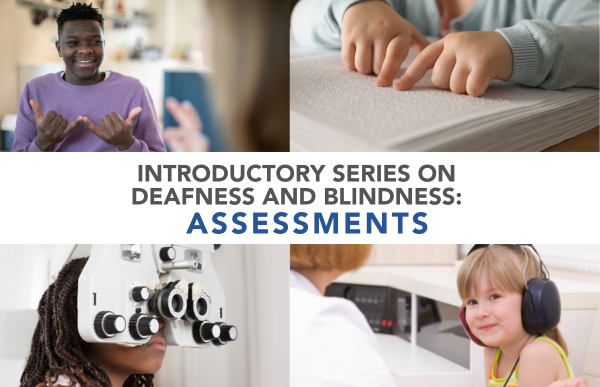Screening and Diagnosis for Hearing Loss
School-aged children who are deaf/hard of hearing may not have full access to normal speech and language development which can intervene with the ability to learn. Even mild or unilateral hearing losses may be educationally significant. Regular school hearing screenings are an important method of identifying children who are at risk for hearing loss. Early detection and treatment of hearing disorders provide children the best opportunity to develop academically, emotionally and socially. The Ohio Department of Health (ODH) stresses that a hearing screening, while a valuable public health procedure, is not a substitute for a complete audiological/medical examination; however, to further ensure children with hearing disorders are detected early, programs utilizing regulated and supervised screening procedures have become essential.
Ohio's Department of Health has developed requirements and guidelines for hearing screening, and the most recent version of these guidelines was updated in 2015 and is titled: Hearing Screening Requirements and Guidelines.
Understanding Terms
It’s important to understand terms as you work to screen and assess those with whom you live or work. Here are some terms:
- Audiologist: health care professionals who provide patient-centered care in the prevention, identification, diagnosis, and evidence-based treatment of hearing, balance, and other auditory disorders for people of all ages. Hearing and balance disorders are complex with medical, psychological, physical, social, educational, and employment implications. Audiologists provide professional and personalized services to minimize the negative impact of these disorders, leading to improved outcomes and quality of life.
- Speech Language Pathologist (SLP): work to prevent, assess, diagnose, and treat speech, language, social communication, cognitive-communication, and swallowing disorders in children and adults.
- Otoscope: an instrument designed for visual examination of the eardrum and the passage of the outer ear, typically having a light and a set of lenses.
